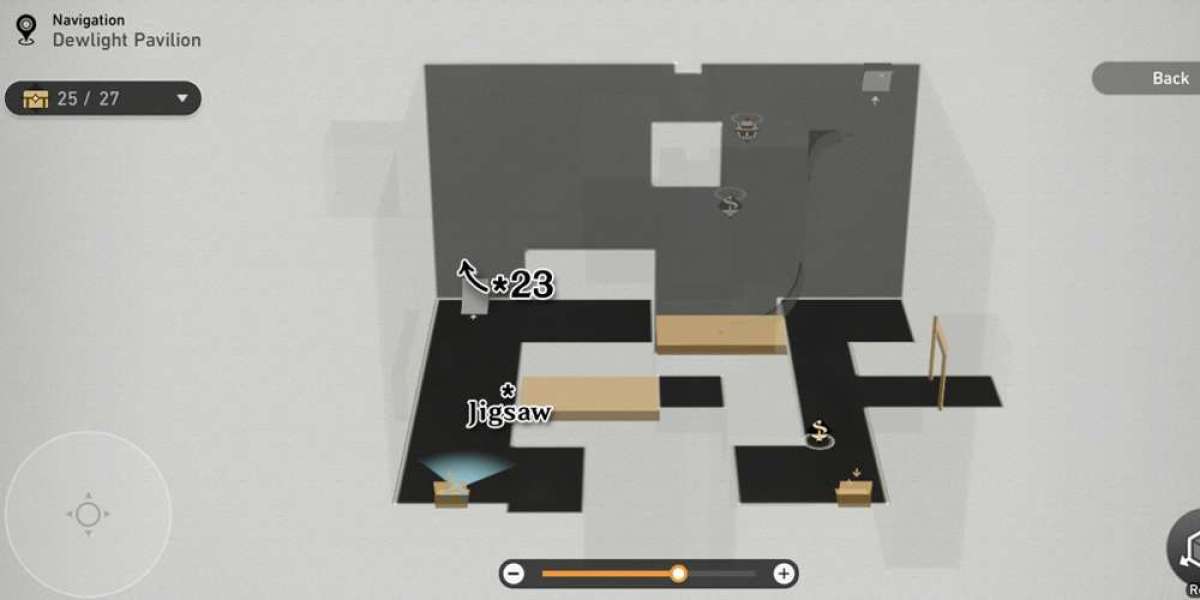Overview
Tencent Database for MySQL allows you to easily deploy and use MySQL database in the cloud. It allows you to deploy scalable MySQL database instances in minutes at lower cost and adjust your hardware capacity without downtime. Tencent Database MySQL version simplifies database operations through functions such as backup, rollback, monitoring, rapid expansion, and data transmission, allowing you to focus more on business development.
Ultra high performance
Premium hardware of cloud database
The IOPS configuration is based on PCIe SSD, and the performance is at least three times that of SATA. The powerful IO capability ensures uninterrupted database access. The storage device uses the NVMe protocol specially designed for PCI SSD, which has better storage capabilities. High IO instances can support up to 245509 QPS, 488GB memory and 6TB storage.
Kernel optimization
Multi-threaded source/replica synchronization is optimized with no need to worry about synchronization delays. Locking on the MySQL transaction thread and dump thread has been improved for better database performance.
Enterprise-grade high availability
Cross-availability zone disaster recovery
Supports deployment across Availability Zones for disaster recovery. The source (local) and replica (remote) are located in different availability zones in the same city, and data is replicated in real time through Tencent's dedicated line. The local source instance receives the data access request first. If it is down or inaccessible, requests are sent to the remote replica instance. Source/copy switching is transparent to users, eliminating the operational problems of single IDC deployment, and IDC downtime is completely transparent to the business.
Cross-regional disaster recovery
Supports cross-regional disaster recovery instances to help you perform remote data synchronization and disaster recovery through private networks. When the source instance fails or becomes unavailable for other reasons, remote disaster recovery instances allow you to remotely build business systems, redirect access traffic, and quickly restore data access. When data is synchronized from the source instance to the disaster recovery instance, data writing performance will be limited. You can promote disaster recovery instances to source instances in the web-based console and disconnect them from data synchronization to restore their full performance. The upgrade process takes only seconds, minimizing the impact of business disruption in a disaster.
Two places and three IDC financial solutions
Tencent Database MySQL provides a deployment architecture of 2 IDCs in the same city and 3 IDCs in two different regions. When a failure occurs, you can resume normal database operations within minutes. This solution can be implemented with just a few clicks on the configuration page: select MySQL cross-AZ deployment and strong synchronization data replication to achieve strong data consistency between two IDCs in the same city; add an off-site disaster recovery node to the cluster to achieve two The structure of three IDCs in different regions.
Complete hot backup and cold backup
Physical machines using the same architecture provide real-time hot backup. Based on cold backup and binlog files, data within 3 days can be restored without loss, and cold backup data within 5 days can be dumped, making data recovery safer.
Automated disaster recovery
Supports automatic outage detection and failover. When switching between sources and replicas, using VIP makes the switching process transparent to you, so you don't need to worry about problems caused by physical machine failures and downtime. Hot standby switching can be completed without any changes to the application layer, and the business is not aware of it.







